How to Use Starch in gluten free baking is the second in a 12-part series on gluten free flours that you can use to make delicious food everyone wants to eat. This is an overview with the properties and best uses for tapioca starch, potato starch and cornstarch.
You don't need a dozen flours and starches to bake amazing gluten free food. What you need is an understanding so you can try some and find what works for you. I started this series with rice flours and starches since they're so common in gluten free food.
Jump to:
- The Role of Starch in Gluten Free Baking
- An Exception To Every Rule
- How Do I Know What Starch Works Best
- Common Gluten Free Starches
- What About Arrowroot Starch
- How To Use Cornstarch
- Gluten Free Recipes Using Cornstarch
- How To Use Potato Starch
- Gluten Free Recipes Using Potato Starch
- How To Use Tapioca Starch
- Gluten Free Recipes Using Tapioca Starch
- Ingredient FAQs
- Watch How To Use Starch in Gluten Free Baking on YouTube
- Top Tip for Gluten Free Cooks
- How To Use Gluten Free Flour: A 12-Part Series
The Role of Starch in Gluten Free Baking
Gluten free recipes are trying to mimic the way wheat flour works in a recipe. Wheat flour is about 75% starch and 6-13% protein, depending on how it's processed. Therefore, we're (almost) always using a combination of flour and starch.
Wheat flour has three purposes;
- to thicken sauces, gravies, soups and stews,
- to coat meats and vegetables,
- to create structure in baked goods.
This is why different flours, starches and blends will work better in certain recipes.
An Exception To Every Rule
An important understanding for gluten free cooks is that there are always exceptions. Here's what I mean:
- Too much tapioca starch makes baked goods dense and gummy yet Brazilian Cheese Bread is a South American specialty made only with tapioca starch.
- It's common to see that a flour blend can include 30-60% white rice flour yet when it's more than 40% it leaves a lingering gritty mouthfeel to me. (It took me years to figure that out!)
- Many sources say white rice flour is not ideal in cookie recipes yet it's in my Sugar Cookies and they're so delicious I'm not looking for another sugar cookie recipe.
So don't change the recipes you already have and love. Keep an open mind as you learn and think of everything as a guide, not a rule.
How Do I Know What Starch Works Best
Every gluten free flour contains a different amount of starch (and protein) so it behaves differently. Add to that the long list of gluten free flours available and the number of combinations is endless.
As a general rule baked goods will have a better structure and taste when you combine two starches rather than using one alone.
So the answer is bake, eat and repeat! Keeping notes is a good idea too.
Common Gluten Free Starches
All the starches do not behave the same (because that would just be too easy). Here are some key points to know about starch in general.
- Starches need time to hydrate before going in the oven so letting batter or dough rest, up to 30 minutes, can improve the texture of some baked goods.
- The high starch content of some gluten free flours (and blends) can result in a gritty texture. Many batters and doughs benefit from more liquid to properly hydrate.
- More liquid may then require a longer baking time in some recipes.
Recipes that are written for gluten free flours should have been adjusted to allow for these differences. The biggest challenge is, you sometimes don't know what flour combination was used in the original recipe.
What About Arrowroot Starch
At the beginning of my gluten free baking adventures I added tapioca starch to my pantry and later potato starch. I already had cornstarch so as I learned, arrowroot starch is very similar to cornstarch, so I just never bought it.
If you have it and use it that's great. It is certainly used by gluten free cooks around the world. Just keep cooking and learning.
How To Use Cornstarch
Properties of Cornstarch
- Powdery white cornstarch is not the same as corn flour. Do not substitute.
- Not ideal for baking, too much cornstarch results in baked goods with a starchy texture.
- Stirring too vigorously may cause a mixture to break down and thin out.
- Cooking over high heat can cause lumping.
- Freeze and thaw stable.
Best Uses
- As a thickener for sauces, gravy, pie filling and pudding
- To dust on meat to help breading stick.
- Makes a light batter for fried foods.
- As an ingredient in breading to help with browning and crispiness.
Gluten Free Recipes Using Cornstarch
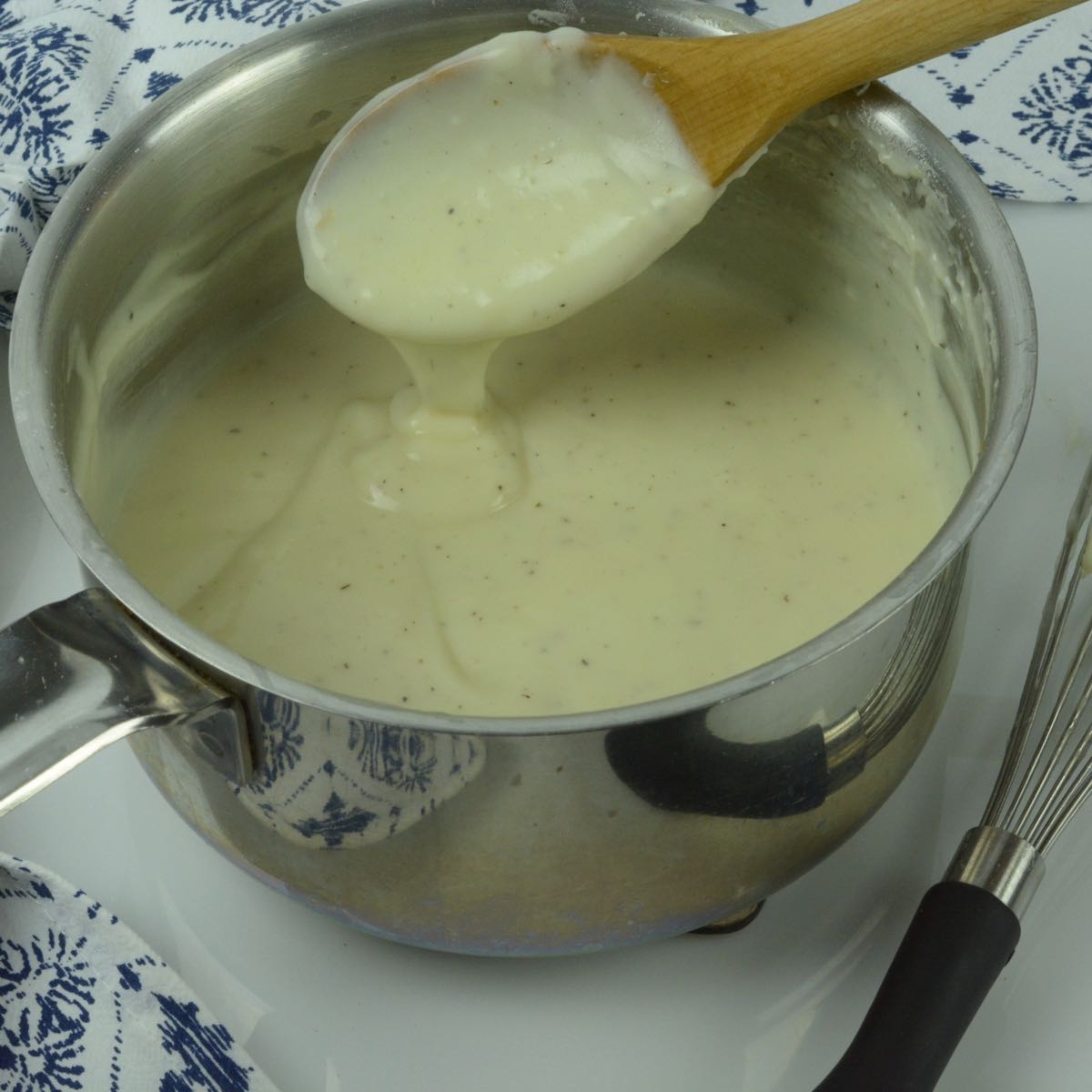
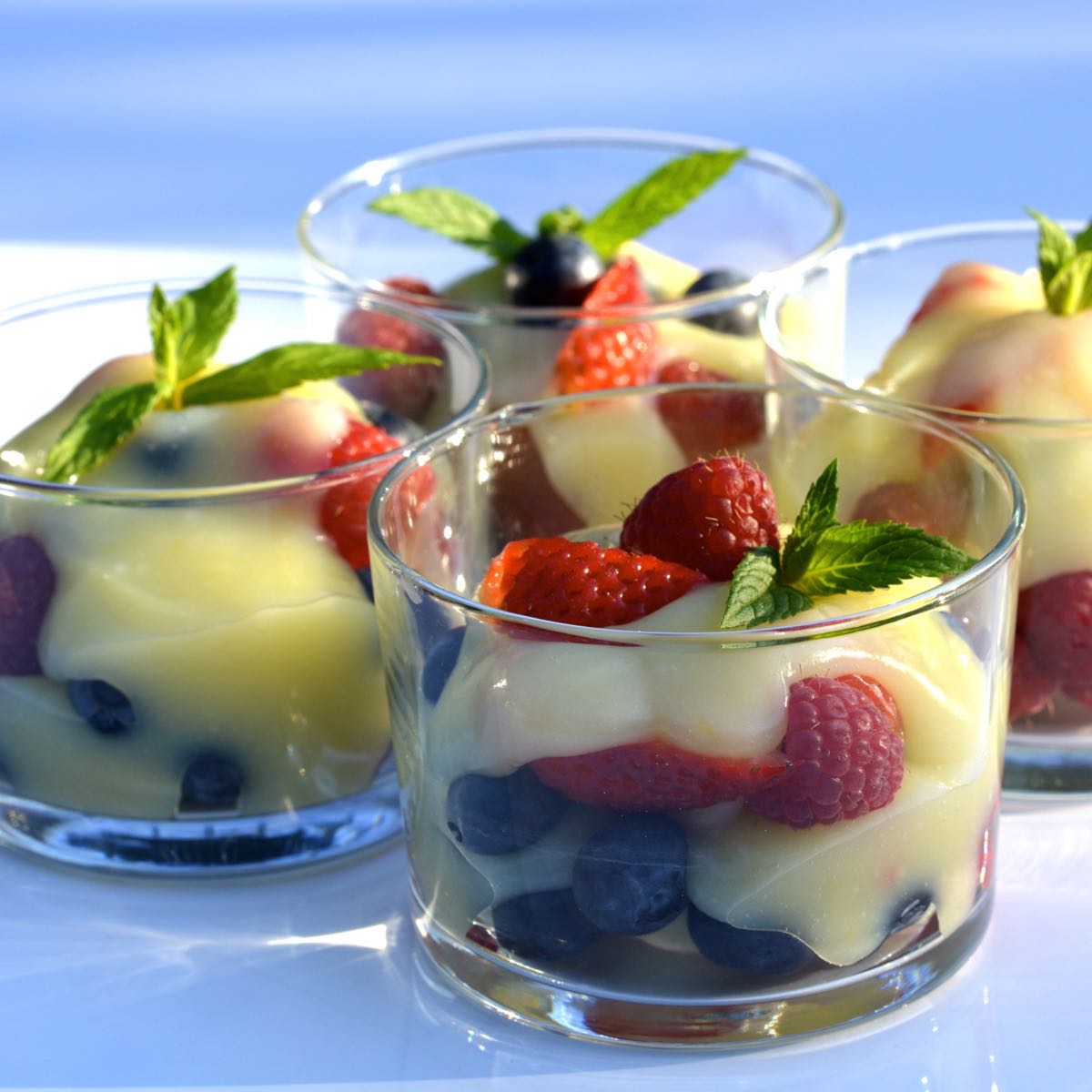
- Breaded foods like Breaded Pork Chops, Breading for Chicken and Pork and Shrimp Lemongrass Skewers
- White sauce and all the recipes you make with it: Mac and Cheese, Lobster Macaroni and Cheese, Greek Moussaka, Greek Pastitsio and Eggs Florentine.
- Battered foods like Battered Fish, Chinese Chicken Balls and fish tacos.
- Thickening sauces like Vanilla Cream and Lemon Curd, or a dish like Rhubarb Strawberry Crisp.
- Although I now wouldn't create a recipe with cornstarch it's in my once-a-year Angel Food Cake and these fluffy Buttermilk Biscuits, two recipes I'm not trying to change.
How To Use Potato Starch
Properties of Potato Starch
- Potato starch is not the same as potato flour. Do not substitute.
- Made from raw potatoes it has no potato taste.
- Gives a smooth texture and tenderness to baking.
- Provides structure and binding power in baking.
- Too much potato starch gives baked goods a crumbly texture.
Best Uses
- In muffins, quick breads and my EGFG gluten free flour blend. That acronym stands for Everyday Gluten Free Gourmet, and I use this blend in most of my everyday baking.
Gluten Free Recipes Using Potato Starch
Some of these recipe are made with my EGFG blend, so they include potato starch. A smaller amount of my recipes call for individual flours that sometimes includes potato starch. This is a small sampling of recipes with potato starch.
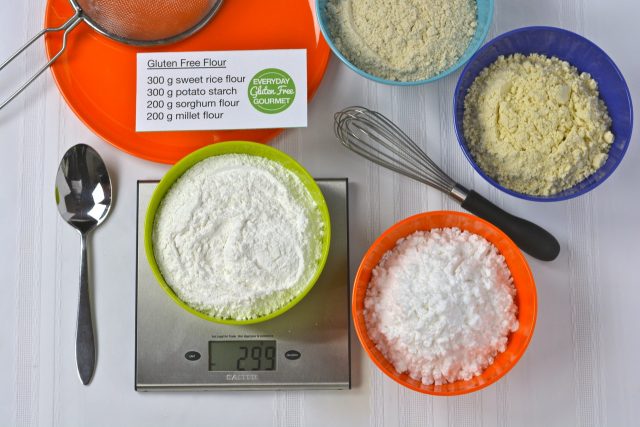
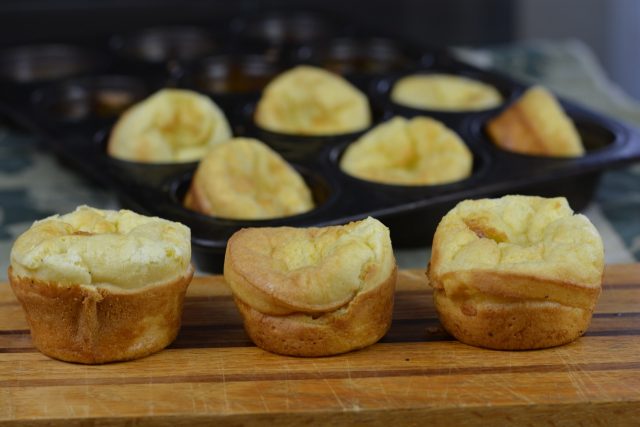
- EGFG gluten free flour blend
- Yorkshire pudding
- Australian Lamingtons, Angel Food Cake and Orange Cupcakes with Orange Icing
- Buttermilk Biscuits and Pancakes
- Pie pastry for my Cherry Hand Pies and tourtiere
- Sugar Cookies, Thumbprint Cookies, check my roundup of gluten free cookies for more.
How To Use Tapioca Starch
Properties of Tapioca Starch
- Tapioca starch is all starch yet some manufacturers and recipe creators call it tapioca flour. Tapioca flour and tapioca starch are the same ingredient.
- Gives chewy texture, elasticity and structure to baked goods.
- Aids in creating a crisp crust and in browning fried foods.
- Can be used as a thickener for pies and sauces.
- Too much tapioca starch makes baked goods dense.
Best Uses
- Great in cookies, common in flour blends (see 11 gluten free flour recipes) and moist breads like cornbread.
- It's stretchy properties make it a popular choice for pliable wraps.
- The main ingredient in classic Brazilian cheese bread.
Gluten Free Recipes Using Tapioca Starch
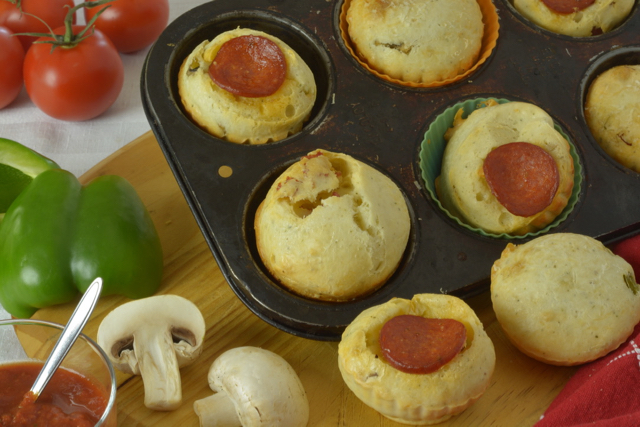
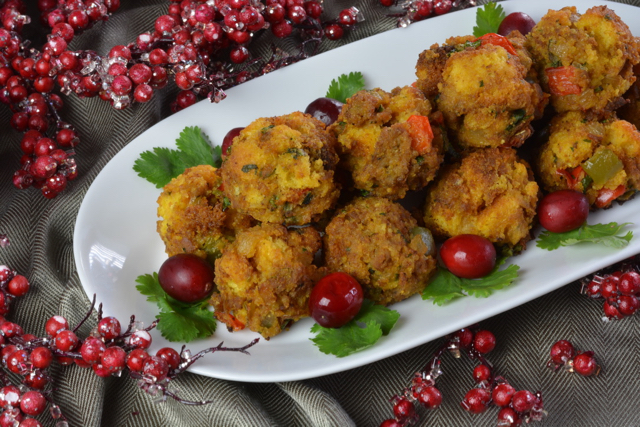
- Brazilian cheese bread and a variation, Pizza Cheese Buns
- Cornbread, Cornmeal Raspberry Muffins and Cornbread Chorizo Stuffing
- Crusty Bread and Buttermilk Biscuits
- Thumbprint Cookies, Sugar Cookies and more (check out this Roundup of Gluten Free Cookies)
- Australian Lamingtons, Angel Food Cake and Chocolate Cupcakes
- Layered Cappuccino Brownies
Ingredient FAQs
No, tapioca starch and cassava flour are different. They both come from the cassava plant. Tapioca starch is extracted from the root of the cassava plant and like all starches contains no protein. Cassava flour is made by grinding the dried root of the plant to a fine powder so it is more fibrous. 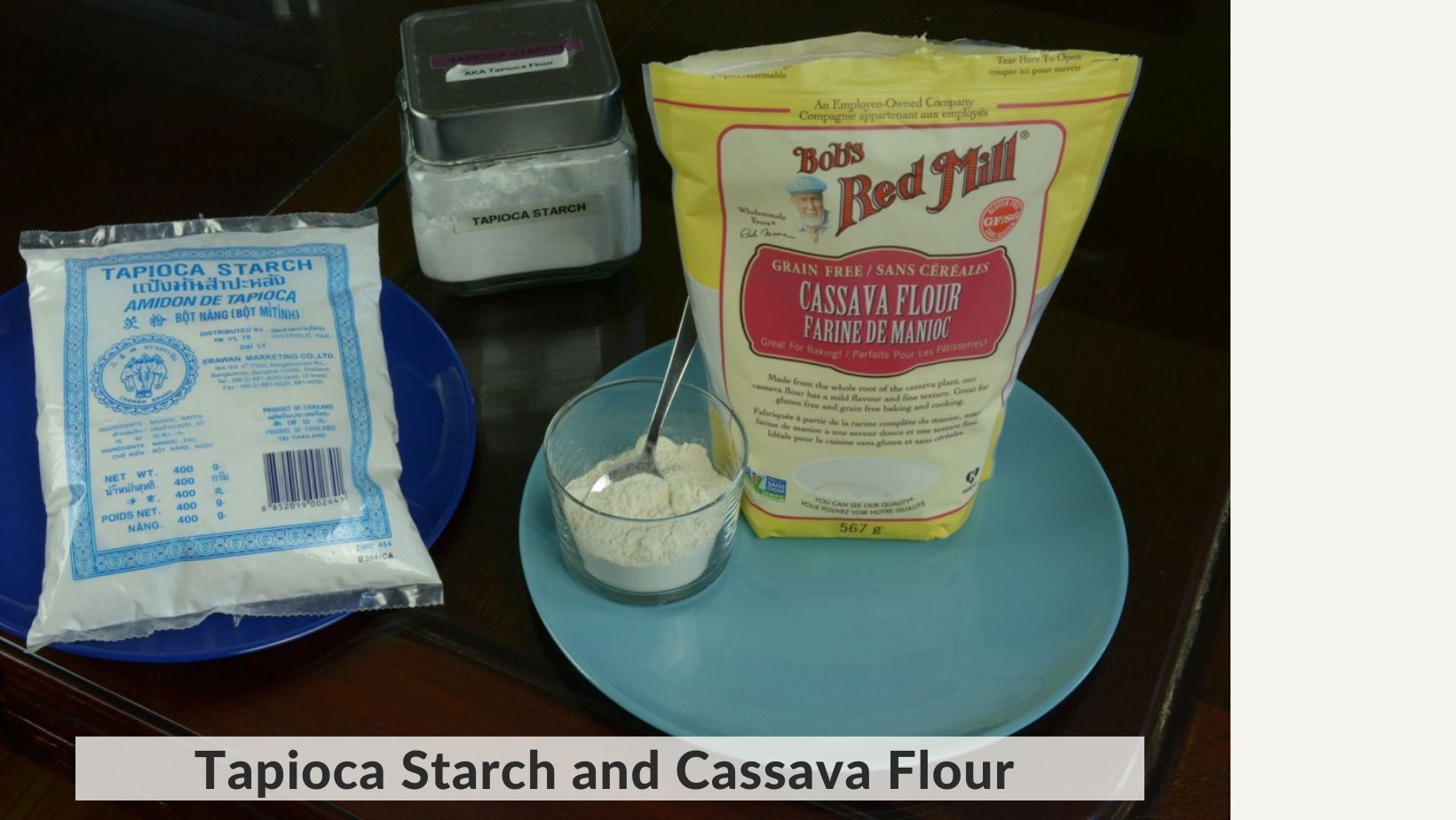
Yes, tapioca starch is the starch removed from the cassava plant. It has no protein so is a pure starch. Some gluten free recipes and even food manufacturers, use the term tapioca flour referring to tapioca starch.
No. Sweet rice flour contains some protein so is technically not a starch. However, it has a higher starch content than other rice flours so acts like a starch. Some cooks successfully substitute sweet rice flour for a starch when they need to avoid the other starches available. For more on sweet rice flour refer to How to Use Rice Flour.
Gluten free cooks know they've got to keep up on the changes with food manufacturing and safety. Gluten free wheat starch is now an ingredient you can buy and use. To learn more about it go to this post, certified gluten free wheat starch.
Watch How To Use Starch in Gluten Free Baking on YouTube
Top Tip for Gluten Free Cooks
Figure out a system to save your favourite gluten free recipes then learn to vary them in different ways. I experiment with my banana muffins and granola bars and you can see how I do it in those posts. Whether you're trying different flours, starches, binders, dairy free or more, don't waste baking without learning something.

Learn the best uses for many different gluten free flours to improve your coking! This ebook gives you the essential tips for more than 20 flours with recipe suggestions for each one. It's all in one place with no ads. This is an ebook you'll actually open.
How To Use Gluten Free Flour: A 12-Part Series
This series is intended to provide a basic overview of ingredients for everyday home cooks, both new and experienced.
- How To Use Rice Flour in Gluten Free Baking
- How To Use Starch in Gluten Free Baking
- Millet Flour and Sorghum Flour
- Corn Flour, Cornmeal and Masa Harina
- Almond Flour and Quinoa Flour
- Binders in Gluten Free Baking
- Chickpea Flour
- Teff Flour
- Buckwheat Flour
- Coconut Flour
- Oat Flour
- How To Use A Gluten Free Flour Blend
__________________________________________________________________________
New here? I've got help to get you from overwhelmed and frustrated to confidently cooking gluten free food the whole family wants to eat. Subscribe and get your free resource, 29 Tips for GF flour.
🎉 I made it into the Top 100 Gluten Free Blogs for 2025 and the Top 40 Gourmet Food Blogs. To learn all the ways I can help you click here, Everyday Gluten Free Gourmet.
_________________________________________________________________________




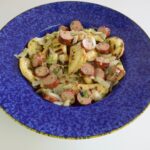


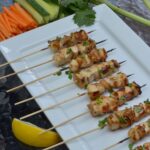
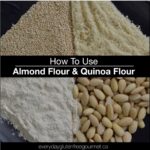
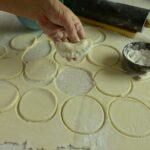

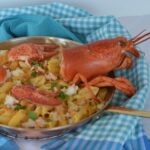

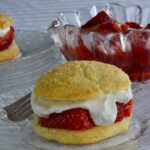
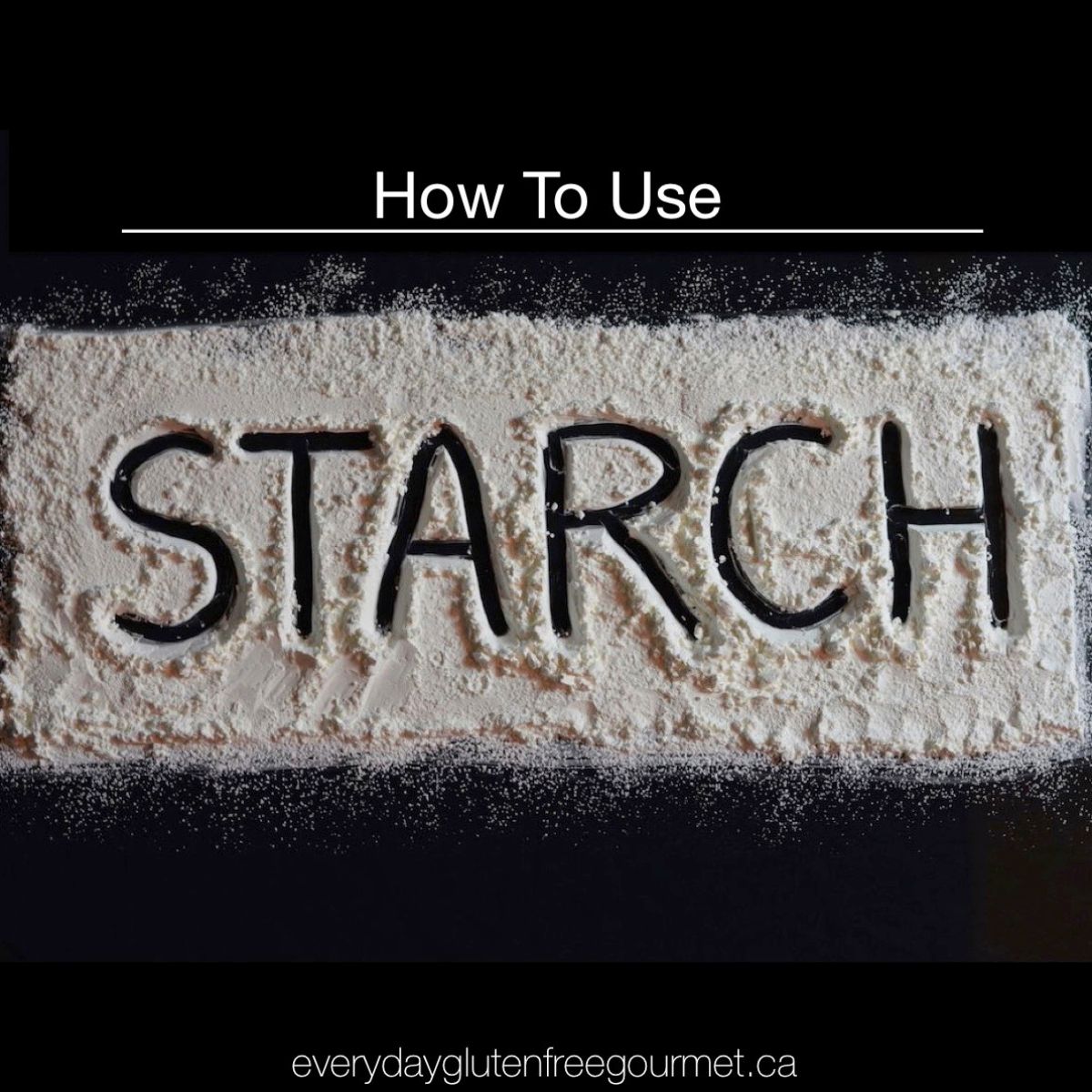

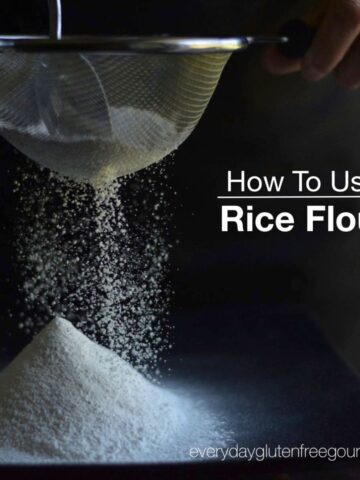
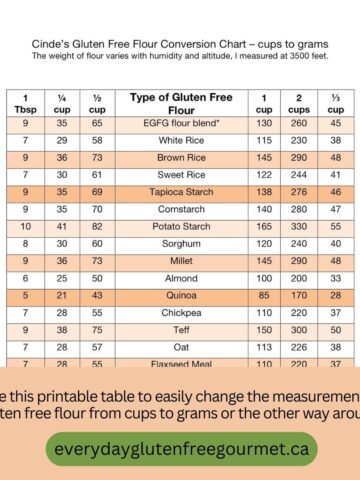
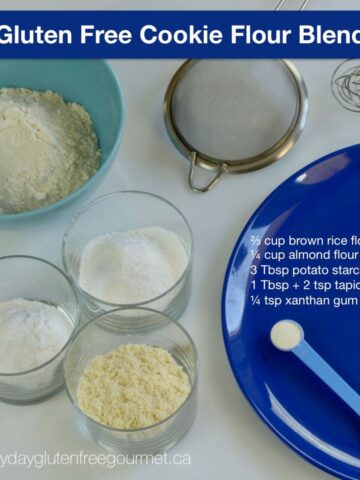


Kate William Smith
Thank you for sharing your knowledge and expertise through your blog post. Your ability to explain complex concepts in simple terms was commendable. this website has some great and huge collection of recipes it helped me, and my kids' husband and friends just love my recipes.
Cinde Little
Thanks Kate, I'm glad you're finding the help you need and making recipes you love!
Jorge Bizarro
Hi
I live in Brazil and to leave a more clear picture on the types of flour we get from cassava roots (=manioc, yuca) here it goes;
1 - Manioc raw flour (= Farinha de Mandioca): simply ground raw manioc. It is very gritty, irregular and quite rustic in texture and look. Used for making 'farofa' (loose toasted flour with some fat and bits of whatever, like bacon, garlic, onions, pieces of boiled eggs, etc.) a companion for beans, stews, etc
2 - Zaia... this is the finely ground raw manioc flour... I have never seen it and the name comes from the brand: Zaia. Used in baking... but again I have never seen it in supermarkets around the area where I live.
3 - Tapioca starch (=Polvilho Doce)... this is the traditional starch that you know so well
4 - Fermented sour cassava starch (=Polvilho Azedo) - the taste is similar but more cheesy, it puffs baked goods due to the previous fermentation and gives Cheese bread a more crusty bite. Usually specialists like to use a combination of Polvilho Doce and Polvilho Azedo for making this Brazilian treat.
Curiosity: both Manioc flour and starch are the byproducts of a single proceeding. Grind the manioc roots, filter the watery byproduct and inside the filtering device you have the future raw flour and leave the water waste to decant overnight. The starch is heavier and thus accumulates in the bottom, so you just have to leave the water slide away carefully. Than both products are sun-dried or industrially dehydrated..
See here a home made product: https://www.youtube.com/watch?v=zA_r-fUZ9bQ
Cinde Little
Wow Jorge, I find all of that interesting so thanks for taking the time to share it. I see cassava starch in the grocery stores near me but I've never bought it. There are so many flours to try! You have tweaked my interest so I will buy cassava starch now and make my Brazilian Cheese Buns. Then I'll make them again with a combination of tapioca starch and cassava for a second taste test. I can't wait to eat them!
Katherine Crawford
Was there. a reason why arrowroot starch was left out? Ive often found it helpul and even interchangeable with tapioca starch for some baked goods and thickening of sauces.
Cinde Little
Hi Katherine, the only reason is that I sort of hit a wall at 21 ingredients for gluten free baking. I knew as I wrote this 12-part series that other people were using arrowroot starch in that category (just like guar gum in the binders category). When we're new to GF baking we all start to learn about unfamiliar ingredients and add them to our pantry one at a time. For me I simply didn't see arrowroot starch in the stores where I was shopping. I also learned that the most common substitute for arrowroot starch was cornstarch. That was something I already had in my kitchen so I didn't pursue it. Thanks for asking, I will definitely add that to my long list of updates to the 400+ posts I have on the website. In the meantime, go ahead and use arrowroot starch if it's working for you.